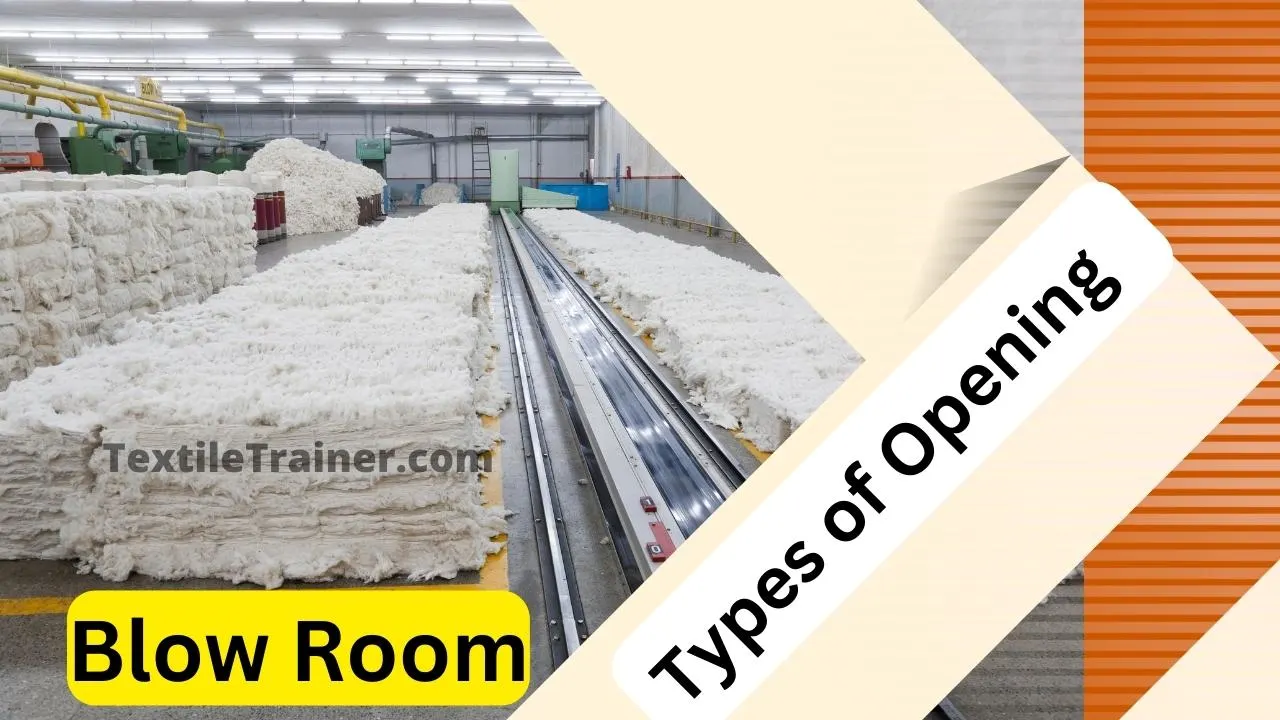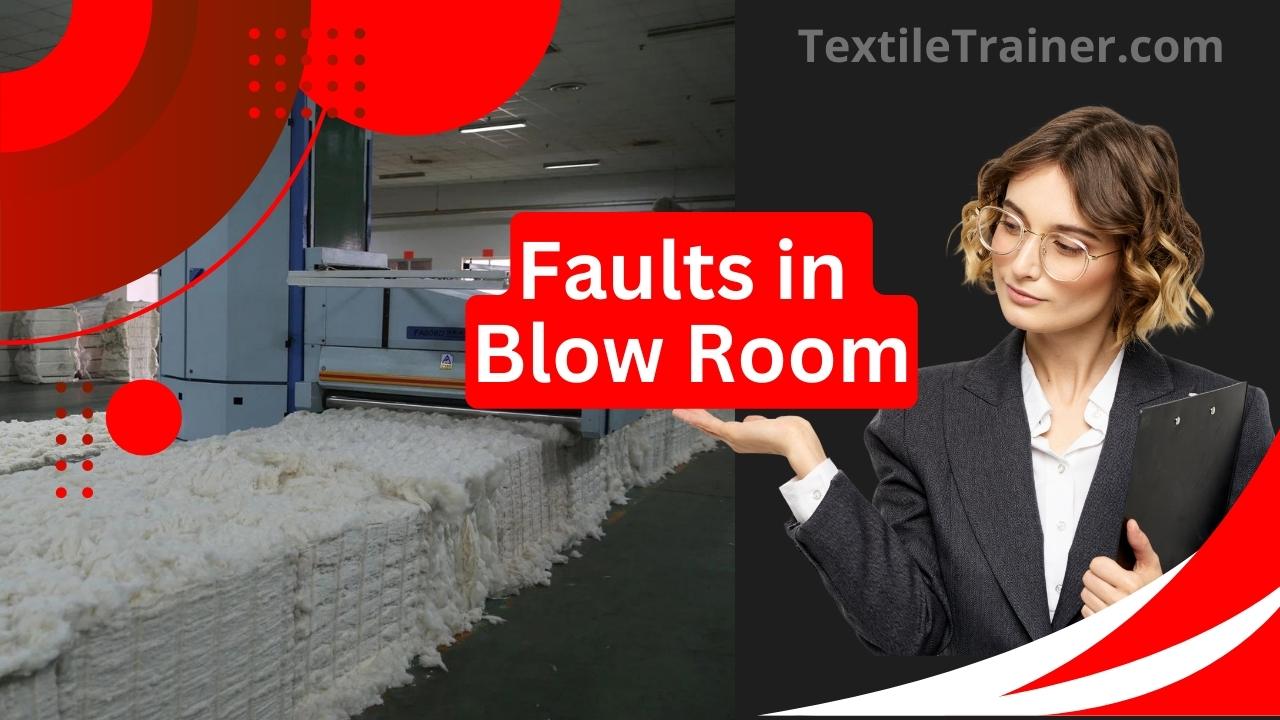20 types of yarn are discussed in very easy way
1. What is Yarn?
Most apparel and furnishing fabrics are produced from yarns. A yarn is a continuous strand of textile fibers, filaments, or materials in a form suitable for knitting, weaving, or otherwise intertwining to form a textile fabric. According to the textile institute: “A product of substantial length and relatively small cross-section consisting of fibers and filaments with or without a twist is called yarn.” This article will be described 20 types of yarns with suitable image.
2. Classification of textile yarn/ Types of yarns
The type of yarn to be manufactured will depend on the fibers selected, the texture, or hand, of the fabric to be made, and qualities such as warmth, resiliency, softness, and durability required in the fabric’s end uses. Textile yarn may be classified as:

Collectively types of yarns are classified as following:
- Spun yarn.
- Mono filament yarn.
- Multi filament yarn.
- Carded yarn.
- Combed yarn.
- Single yarn.
- Ply yarn.
- Twisted multiply fancy yarn.
- Slub yarn.
- Cable yarn.
- S-twisted yarn.
- Z-twisted yarn.
- Compact yarn.
- Knot yarn.
- Ratine yarn
- Boucle yarn.
- Spiral or crok-screw yarn.
- Crepe yarns.
- Covered yarn.
- Cord yarn.
Now, lets see 20 types of yarn with images one by one.
2.1 Spun Yarn
Spun yarns are made by the mechanical assembly and twisting together of staple fibers. Ring spinning, Rotor spinning, Wrap spinning, Air jet spinning, etc. Machines are used to produce this spun yarn. In other words, a staple spun yarn is a linear assembly of fibers. The individual fibers are small in cross-section and short in length, held together usually by the insertion of a twist to form a continuous stand. It is used for interlacing or interloping processes such as weaving, knitting, and sewing.
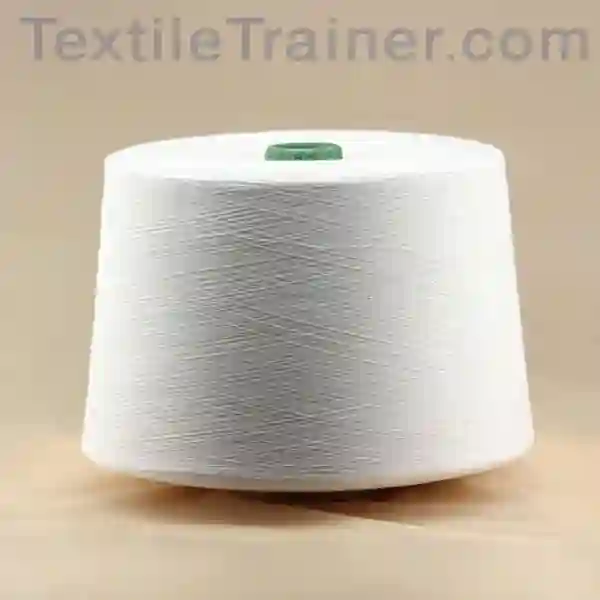
2.2 Mono Filament Yarn
Monofilament yarn is made from a single, relatively thicker filament fiber. Transparent sewing, metallic yarns, bare elastic, and fishing lines are examples of monofilament yarns. Silk is too fine to be used as a monofilament yarn.

2.3 Multi Filament Yarn
Multi filament yarn is made from multiple filament fibers. Continuous filament fiber length requires little or no twisting to hold the multi filament yarn together.

2.4 Carded Yarn
Yarn produced from fibers that have been only carded but not combed. Carded yarn is the worst quality type of yarn. Normally carded yarn contains more short fiber. The Comber machine is not used when carded yarn is processed. As a result, carded yarn could be better and have more neps and short fiber.

2.5 Combed Yarn
Yarn produced from fibers that have been both carded and combed.Combed yarn is a superior quality of yarn than carded yarn. A Comber machine is used when combed yarn is processed. The combed yarn contains less short fiber and neps.
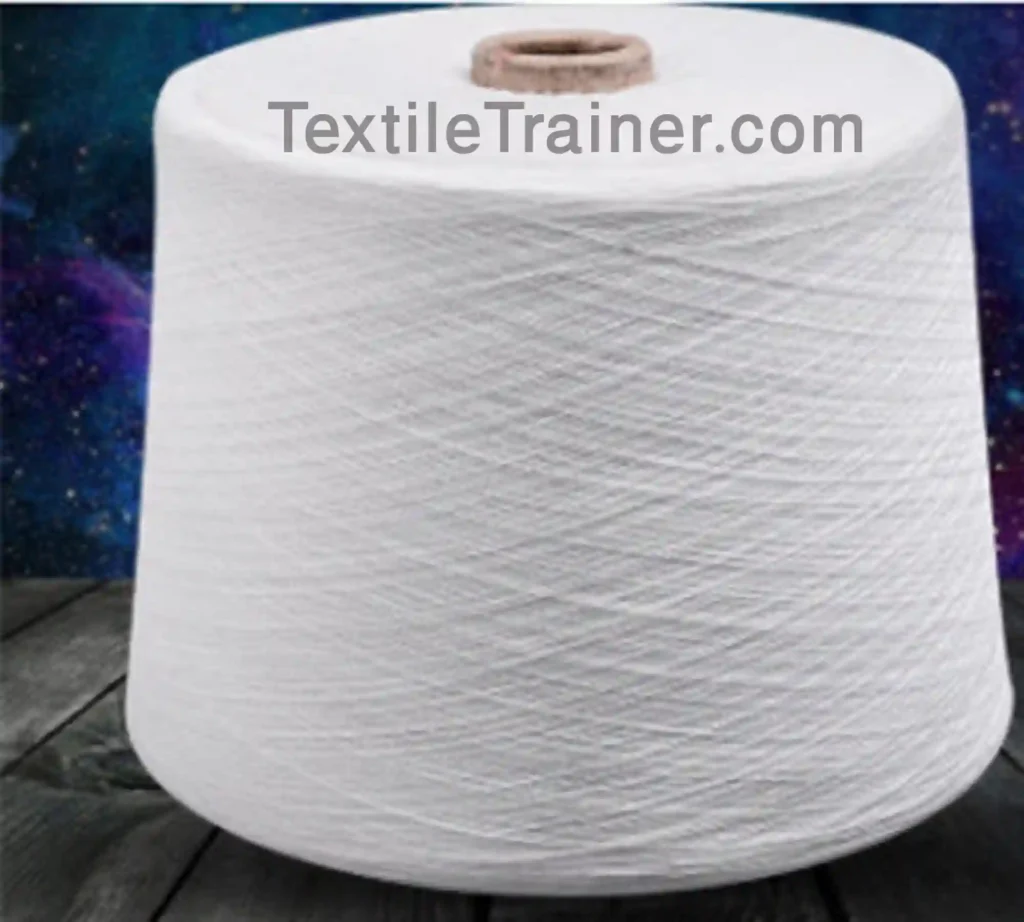
2.6 Single Yarn
Single yarns are made from a single filament or a group of staple or filament fibers. A single yarn has one strand and is the simplest type. It is the product of the first twisting operation performed in yarn spinning. Simple single yarns require no additional processing once the individual yarns have been formed.
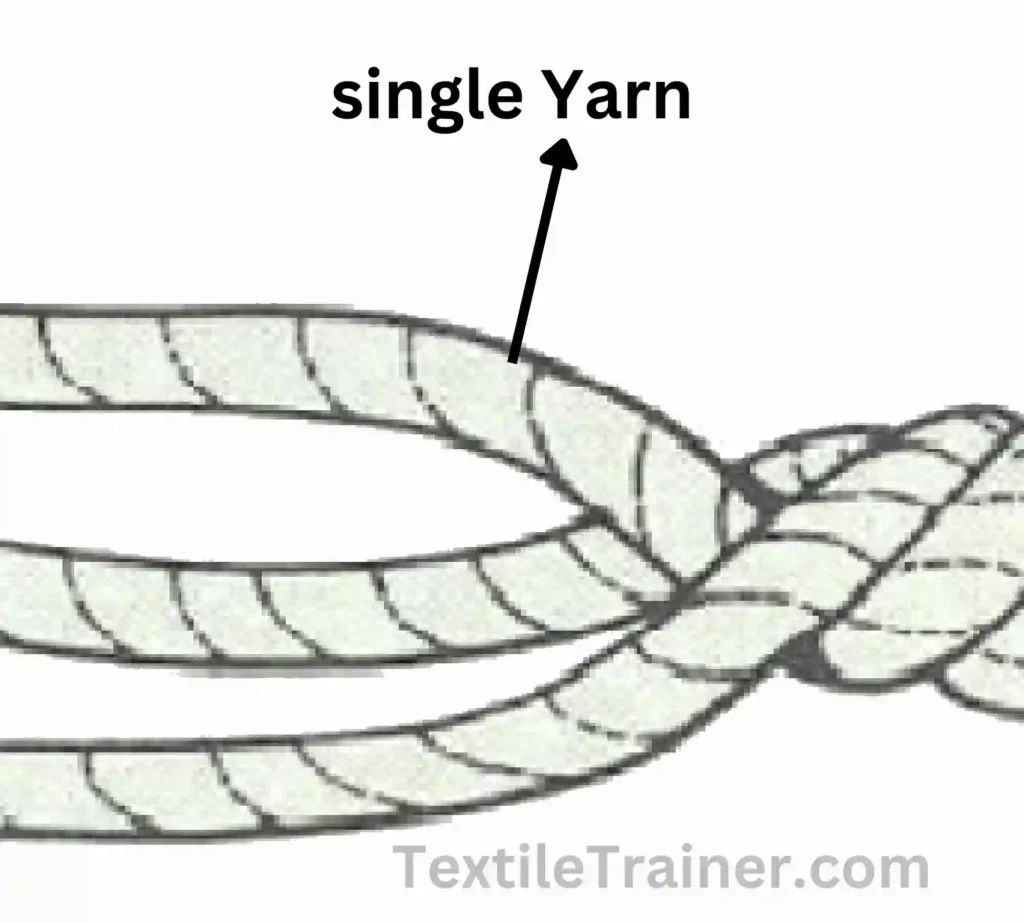
2.7 Ply Yarn
A ply yarn is made by a second twisting operation that combines two or more singles. Each part of the yarn is called a ply. A machine called a twister twists the plies together. Most ply yarns are twisted in the direction opposite to that of the twist of the singles from which they are made. Plying increases yarn diameter, strength, uniformity, and quality. Ply yarns sometimes use the warp direction of woven fabrics to improve stability.
2.8 Twisted multi-twist fancy yarn
Fancy yarns are yarns that deliberately have unlike parts and are irregular at intervals. The irregularities may be subtle or very obvious, and the intervals may be regular or random. The presence of abrupt and periodic effects characterizes fancy yarns. Fancy yarns have a unique appearance, hand feel, structure, and texture obtained by various methods.
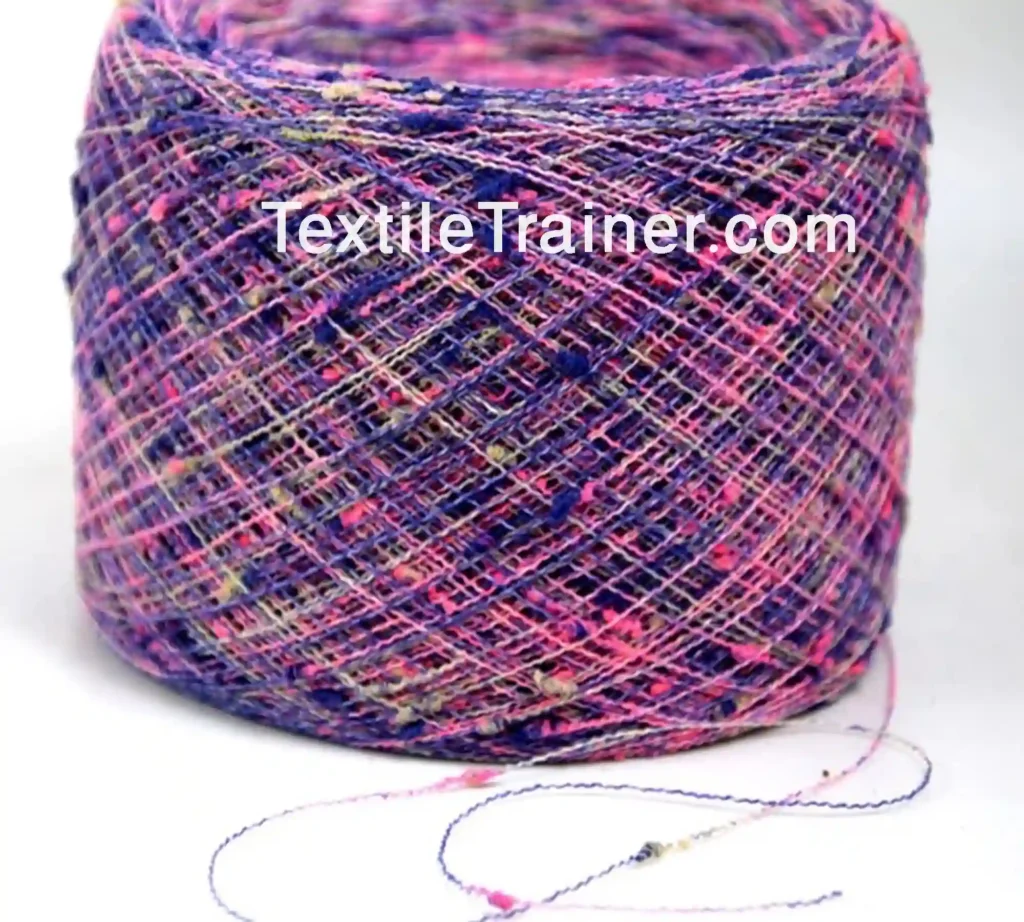
2.9 Slub Yarn
A slub yarn is another single, spun fancy yarn. Slub yarn is a yarn with fixed-size thick spots at regular distance intervals. Slub yarn could be a single-ply yarn or a multi-ply yarn. These types of yarn can be made in two ways: the amount of twist in the yarn can be varied at regular intervals for an actual slub yarn. Two, the thicker part of the yarn is twisted less, and the thinner portion is twisted more. True slub yarns are found in shantung, drapery, and upholstery fabrics and in hand-knitting yarns and sweaters.

2.10 Cabled Yarn
A cabled yarn is formed by twisting together two or more folded yarns or combining folded and single yarns. The twisting of several single yarns increases the tenacity of the yarn by improving the binding of the fibers on the outer layers of the single-component yarns.
2.11 S-Twisted Yarn
S-twist yarn is spun counter-clockwise and is usually used to create right-handed twill. The inclined fibers in yarn look similar to the middle portion of the English letter “S.”

2.12 Z-Twisted Yarn
Z-twist yarn is spun counter-anti-clockwise and is usually used to create left-handed twill. The inclined fibers in yarn look similar to the middle portion of the English letter “Z.”
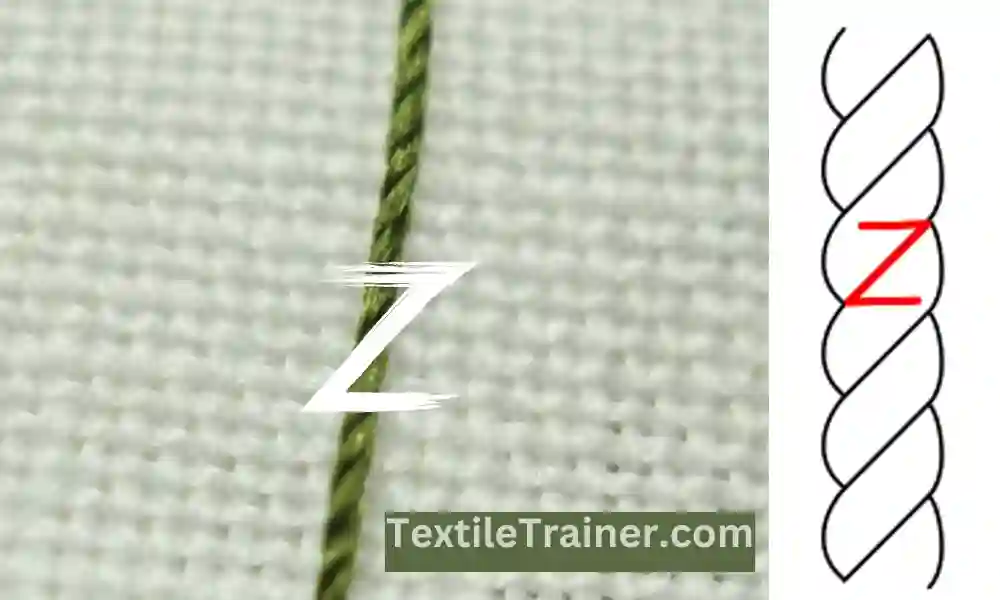
2.13 Compact Yarn
A compact spinning device is used in ring-spinning frames to manufacture compact yarn. Compact yarn shows the best evenness and strength among all spun yarn.
2.14 Knot Yarn
The knot yarn is made by twisting the effect ply many times in the same place. Two effect plies of different colors may be used, and the knots are arranged, so the colored spots alternate along the length of the yarn.
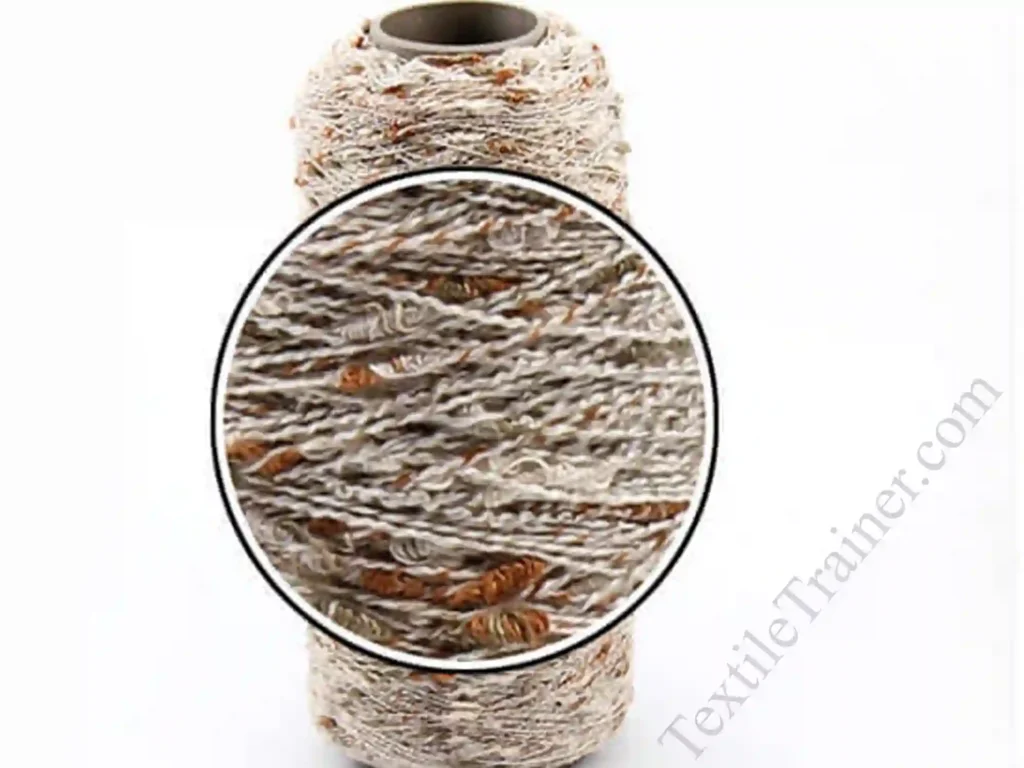
2.15 Ratine` yarn
In ratine yarns, the effect ply is twisted in a spiral arrangement around the ground ply. A longer loop is thrown out at intervals, kinks back on itself, and is held in place by the binder.
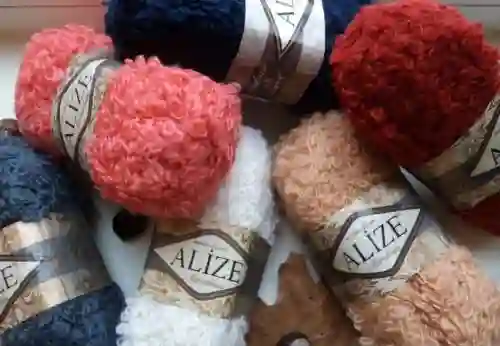
2.16 Boucle` yarn
Boucle yarns are comparable to the ratine yarn type, but in boucle yarns, the surface is softer and has a more pronounced novelty effect. This effect is accomplished by allowing one of the plies to remain slack during the twisting operation, causing it to twist on itself and form a loop.
2.17 Spiral or corkscrew yarn
Spiral or corkscrew yarns have two or more plies. The plies may differ in color, twist, size, or type. A two-ply fancy yarn may have one spun ply combined with a filament ply. The two parts may be delivered to the twister at different rates of speed. This type of yarn is used in furnishing apparel.
2.18 Crepe yarn
Crepe yarns have the highest number of turns per inch inserted in the yarn. About 40 to 80 turns per inch crepe yarn. Crepe yarn, also known as unbalanced yarn, since they twist and kink where removed from the fabric.

2.19 Covered yarns
Covered yarns have a central yarn completely covered by fiber or another yarn. These were developed to produce more comfortable rubber foundation garments and surgical hoses.
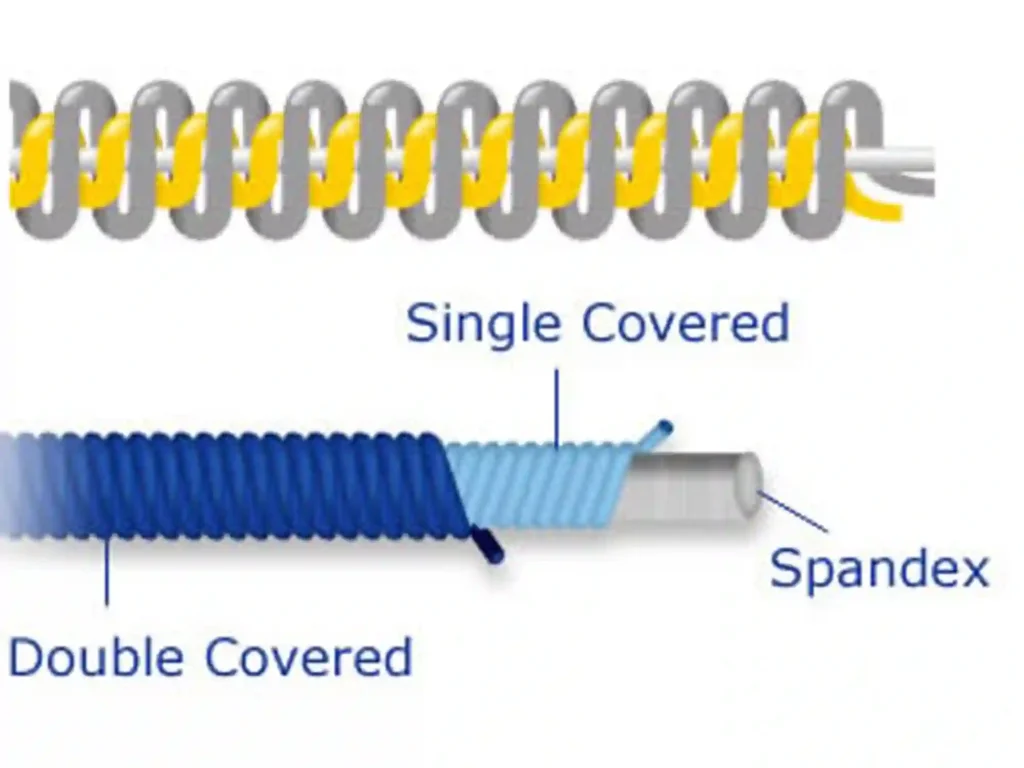
2.20 Cord yarn
Cord yarn is made by a third twisting operation, which twists ply yarns together. Some types of sewing thread and some ropes belong to this group. Cord yarns are seldom used in apparel furnishing fabrics but in industrial materials such as duck and canvas.
Conclusion
There are various types of yarn. Every yarn has its own characteristics. In this article, I describe common yarn types best. This article will help in your future life. If you have any questions about types of yarn, let me know in the comments box.
Reference
- Introduction of Textile Engineering By MD. SAJJAK HHOSSAIN
- Textiles Fiber to Fabric by BERNARD P. CORBMAN
- Understanding Textiles for a Merchandiser by DR. BELAL

